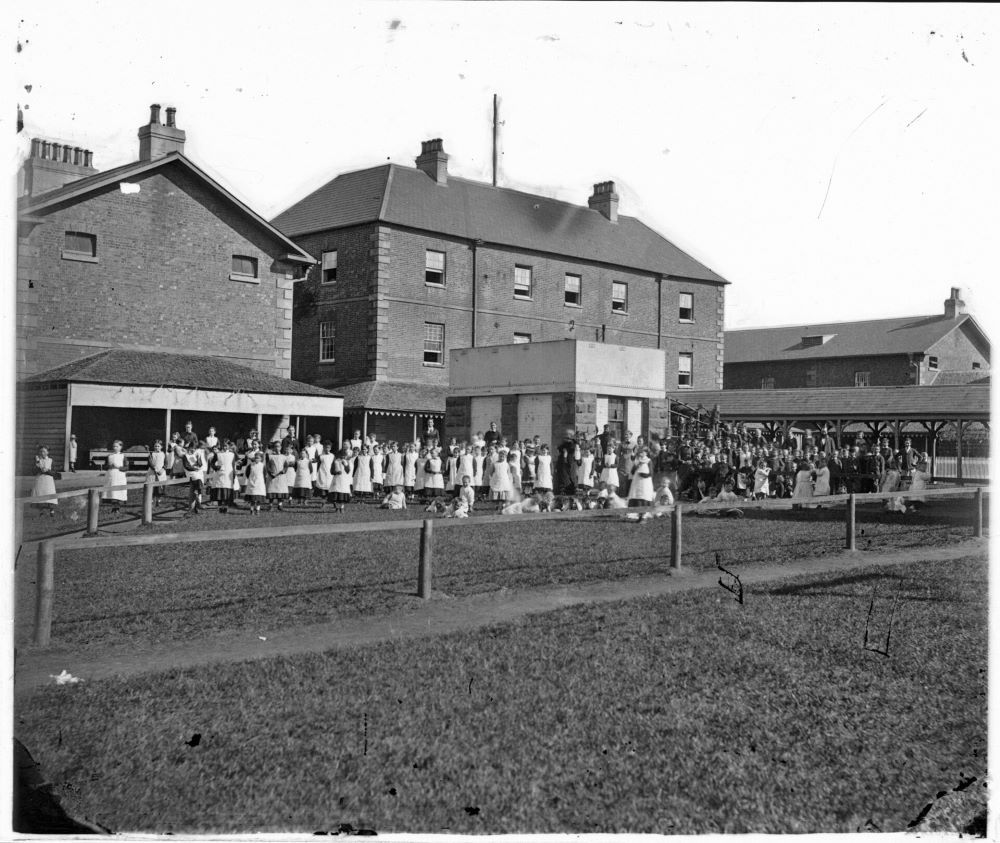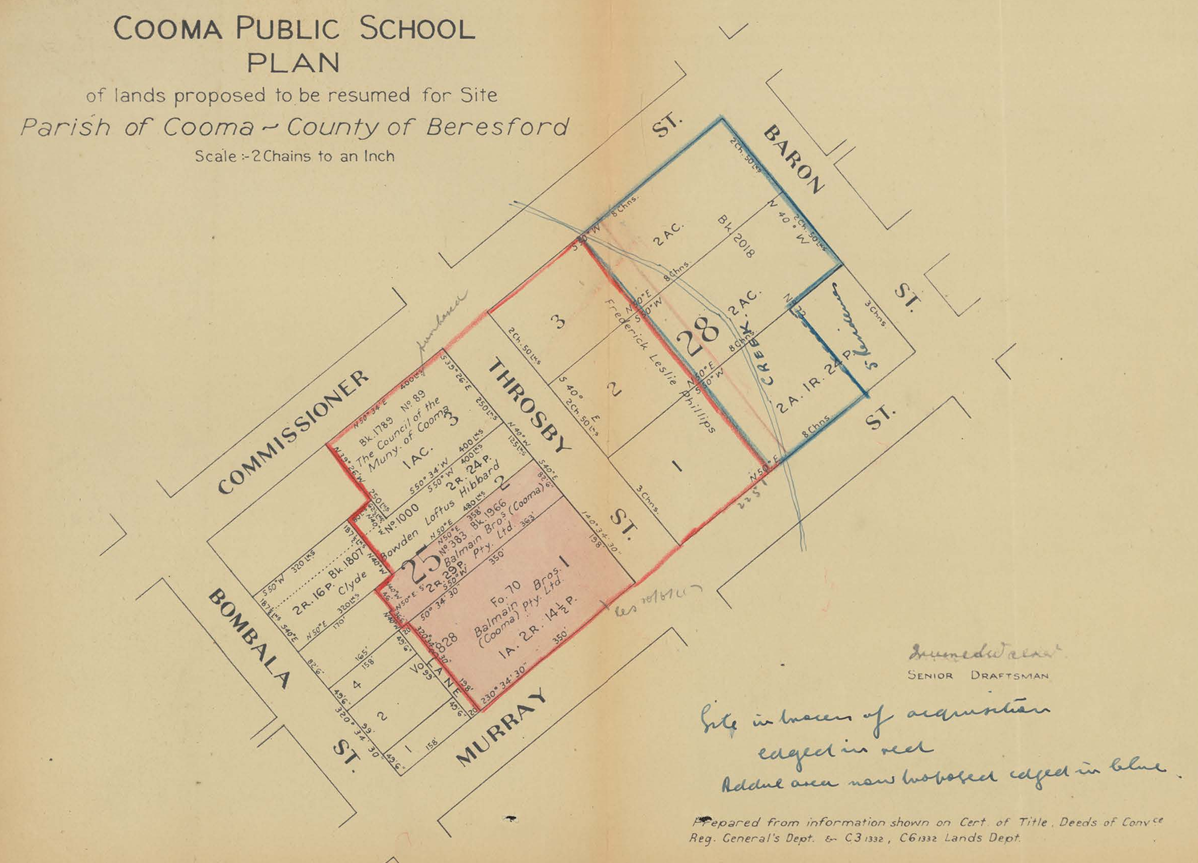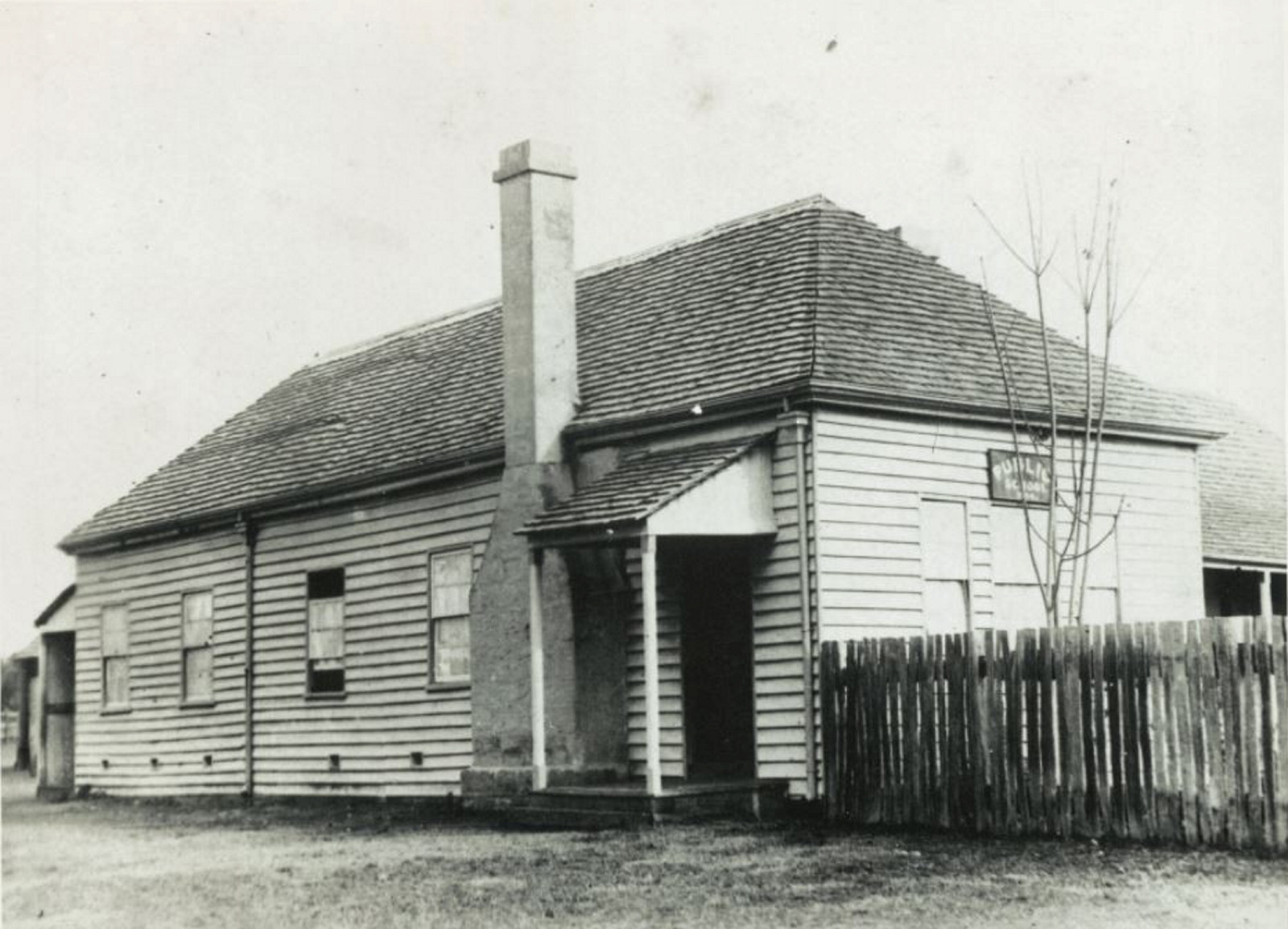Boys in care
During the 1790s plans to establish an orphan asylum in Sydney gathered pace as the number of neglected and destitute children increased.
The first Female Orphan School, championed by Governor Philip King and Reverend Samuel Marsden, opened in 1801. Initially boys were apprenticed out rather than being institutionalised until the first Male Orphan School was established in 1818 in George St, Sydney. The Male Orphan School then moved to Cabramatta in 1823.
In 1818 Governor Macquarie took steps to regulate who was accepted into orphan schools and what was taught to them in an attempt to provide for the morality and industry of the children. More efficient recordkeeping practices were also encouraged and it is from this period onwards that the first records regarding orphan schools date. Records that have survived include admission books, papers documenting apprenticeships, letter books, roll books and monthly returns.

Protestant (Male) Orphan School Register, 1850-1886
The Protestant (Male) Orphan School Register, 1850-1886 lists over 1,000 boys who were admitted to the school. The register is an important document in the history of child care and protection in New South Wales
During the 1850s in Sydney, there was a dramatic growth in child destitution, partly due to the rapid urban growth experienced in the city and poor living conditions. Randwick Asylum for Destitute Children was established in 1852 with a mix of government and private funding and, for a fee, took in those destitute children not accepted into either the Female or Male Orphan Schools. In 1867 the Vernon, and later the Sobraon, were established as nautical training ships for boys. Boys as young as three were initially accepted and given moral, nautical and industrial training as well as elementary schooling.
Mittagong Farm Home for Boys opened its doors in 1906 as a probationary training home for boys aged 8 to 17. The boys had been convicted in the Children's Court of less serious offences such as truancy, stealing or breaking and entering. Eighty-one boys were admitted in the first six months and were housed in cottage-style accommodation. The majority of the boys only stayed for short periods before being released to a relative, boarded-out or apprenticed out. The home closed its doors in 1976.
More information

Child care and protection index 1817-1942
21,000+ entries from Mittagong Farm home for Boys, Randwick Asylum for Destitute Children, Orphan schools & Industrial schools

Child care and protection guide
Major sources from the collection relating to child care and protection, in the 19th and early 20th centuries
Content on this page was first published in the April 2005 edition of Now&Then (Issue 13).
School records

Henry Lawson visits his old school
In April 1914, nearly 40 years after he was a young pupil, Henry Lawson made a return visit to Eurunderee Public School and wrote a poem in the visitors' book
History of education for the deaf in NSW
This case study was created thanks to a researcher who was looking the records of education and schools for deaf children in NSW

